From battlefield tacticians to undefeated duelists and school-founding sword masters, Japan’s warrior history is packed with figures whose skill and influence still shape martial arts and military thinking today. This countdown brings together famed daimyo, peerless swordsmen, and late-Edo enforcers—people who led armies, forged styles, and left records, treatises, and training lineages that continue to inform how we understand bushidō and swordcraft.
15. Okita Sōji
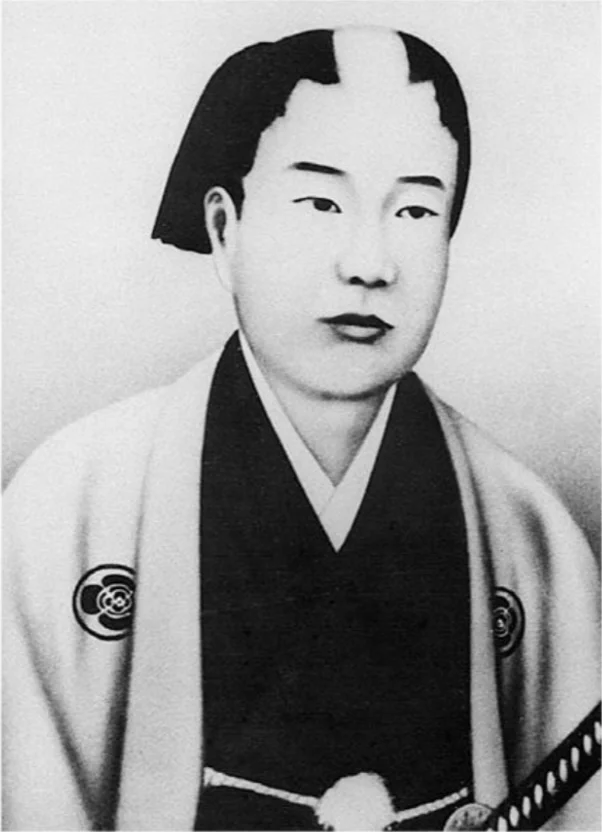 Wikimedia Commons
Wikimedia CommonsCaptain of the First Unit of the Shinsengumi, Okita Sōji was a prodigy of the Tennen Rishin-ryū school known for speed and precise thrusts. He trained from childhood and became an instructor early in life. Serving in Kyoto, he took part in key operations during the Bakumatsu, though chronic illness curtailed his service.
14. Hijikata Toshizō
 Tamoto Kenzō
Tamoto KenzōVice-commander of the Shinsengumi, Hijikata Toshizō organized and enforced a strict code that made the unit an effective police force in Kyoto. He led formations through the Boshin War after the fall of the shogunate. He remained in the field until his death near Hakodate in 1869.
13. Hattori Hanzō
 Wikimedia Commons
Wikimedia CommonsA Tokugawa retainer with Iga roots, Hattori Hanzō commanded scouts and specialized troops in late Sengoku campaigns. He facilitated Tokugawa Ieyasu’s withdrawal after the Honnō-ji Incident in 1582. In Edo, he oversaw security responsibilities so prominent that a main gate to the castle grounds became known as Hanzōmon.
12. Itō Ittōsai
 Wikimedia Commons
Wikimedia CommonsFounder of Ittō-ryū, Itō Ittōsai distilled swordsmanship into a direct doctrine centered on a decisive “one-sword” concept. His teachings influenced later schools and modern kendō fundamentals through lines like Ono-ha Ittō-ryū. Accounts describe extended training journeys and numerous duels that tested and refined his method.
11. Tsukahara Bokuden
 Saigen Jiro
Saigen JiroA Sengoku-era master, Tsukahara Bokuden developed Kashima Shintō-ryū with emphasis on battlefield-tested efficiency. Stories of his “swordless victory” highlight strategic deception and restraint as components of skill. His students spread the curriculum across multiple regions.
10. Yagyū Munenori
 Hisane (Wikimedia Commons)
Hisane (Wikimedia Commons)Head of Yagyū Shinkage-ryū and sword instructor to early Tokugawa shoguns, Yagyū Munenori linked martial technique with statecraft. His treatise ‘Heihō Kadenshō’ analyzes timing, perception, and intent as tools for both combat and governance. Under his guidance, sword training became embedded in shogunal culture and elite education.
9. Honda Tadakatsu
 Wikimedia Commons
Wikimedia CommonsA senior Tokugawa commander, Honda Tadakatsu fought in major engagements during the unification wars. He is noted for an antlered helm and the spear Tonbogiri, counted among the “Three Great Spears of Japan.” Contemporary records describe sustained front-line service and consistent reliability in battle.
8. Date Masamune
 Tosa Mitsusada
Tosa MitsusadaThe lord of Sendai balanced campaigning with domain-building and external outreach. He authorized the Keichō Embassy led by Hasekura Tsunenaga, establishing contact with New Spain and Europe. Masamune supported castle-town development, regional trade, and cultural projects that strengthened his domain.
7. Sanada Yukimura
 Wikimedia Commons
Wikimedia CommonsAlso known as Sanada Nobushige, he became associated with agile maneuver and resilient defense in the final struggles of the Toyotomi cause. His fieldworks at the Osaka Winter Campaign—especially the Sanada-maru—repelled repeated assaults. He directed small forces in raids and counterattacks that stressed timing and terrain use.
6. Takeda Shingen
 Wikimedia Commons
Wikimedia CommonsDaimyo of Kai, Takeda Shingen built fast-moving armies and refined combined-arms tactics suited to mountainous terrain. His clashes at Kawanakajima with Uesugi Kenshin are studied for operational deception and logistics. Administrative codes such as the Kōshū Hatto show an emphasis on discipline and domain management.
5. Uesugi Kenshin
 Wikimedia Commons
Wikimedia CommonsLord of Echigo, Uesugi Kenshin mounted swift campaigns supported by secure supply lines in rugged regions. His operations against the Takeda tested rival doctrines and leadership over multiple years. Domain policies and financial controls maintained stability that enabled repeated mobilization.
4. Sasaki Kojirō
 Utagawa Kuniyoshi
Utagawa KuniyoshiA celebrated duelist and founder of the Ganryū style, Sasaki Kojirō wielded an extra-long nodachi known as “Monohoshi Zao.” His method emphasized extended reach, timing, and precise cutting drills. His duel on Ganryūjima in 1612 with Miyamoto Musashi is one of the best-documented single combats in samurai history.
3. Oda Nobunaga
 Kanō Sōsh
Kanō SōshA central unifier of the Sengoku era, Oda Nobunaga reorganized forces around mobility, firearms, and logistics. Reforms such as rakuichi-rakuza promoted freer markets and reduced guild monopolies. The battle of Nagashino demonstrated coordinated arquebus use that influenced tactics across the Sengoku sphere.
2. Tokugawa Ieyasu
 Kanō Tan’y
Kanō Tan’yFounder of the Tokugawa shogunate, Tokugawa Ieyasu consolidated authority through alliances, decisive campaigns, and structured administration. After victory at Sekigahara, he instituted alternate attendance and domain oversight systems that stabilized the realm. The settlement initiated a long period of peace that formalized martial training within a bureaucratic order.
1. Miyamoto Musashi
 Miyamoto Musashi
Miyamoto MusashiMiyamoto Musashi is recorded as undefeated in more than sixty duels and developed the two-sword method of Niten Ichi-ryū. His work ‘The Book of Five Rings’ presents a systematic treatment of distance, rhythm, and adaptability. Beyond dueling, he produced writings and students who preserved his approach through an identifiable school.
Share who you would add—or move higher or lower—in the comments!

.jpeg)

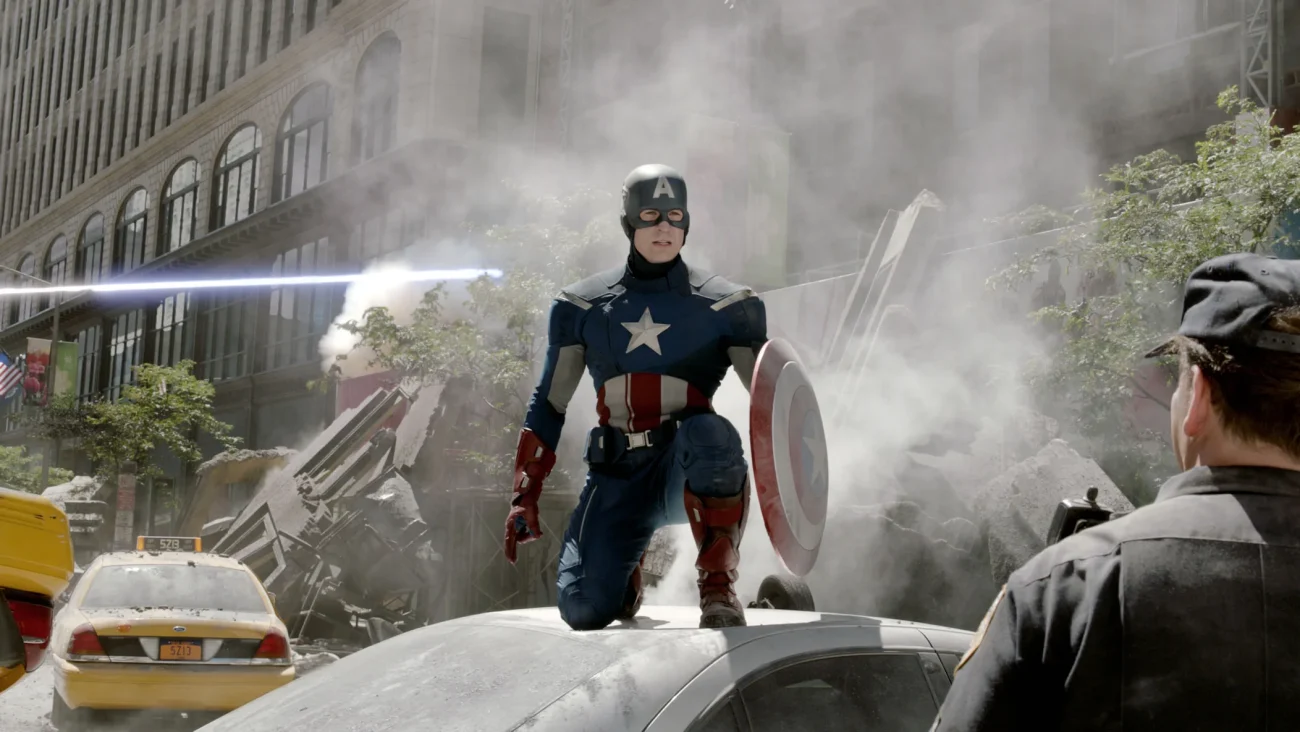
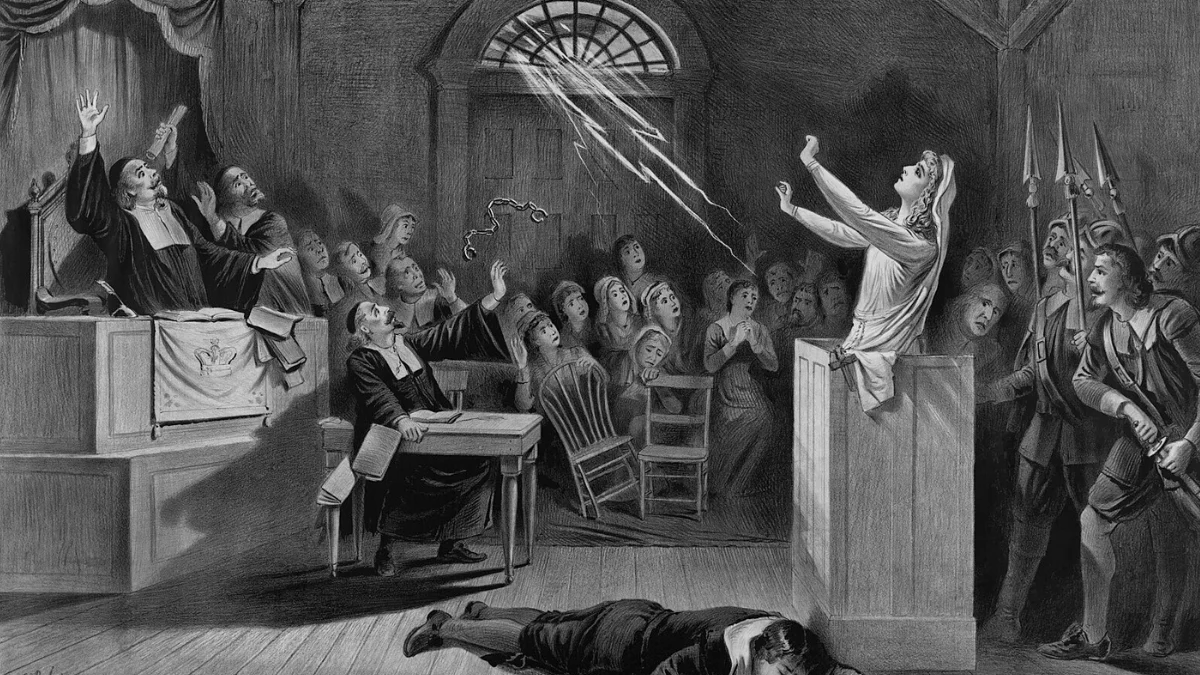



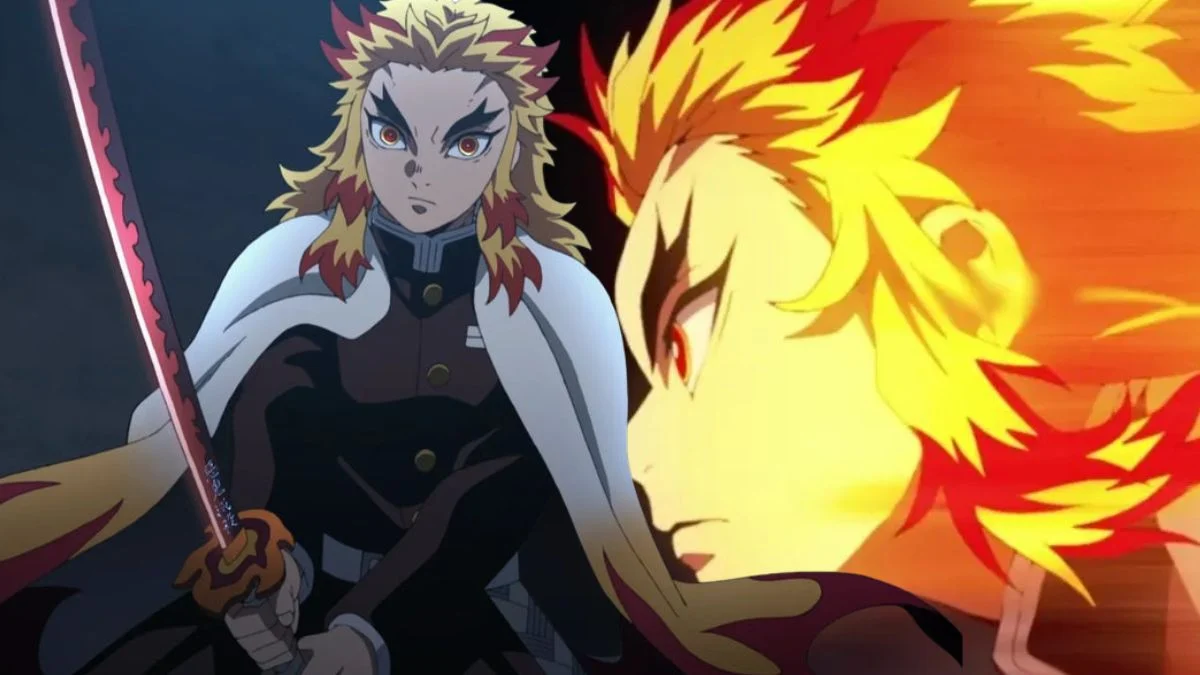
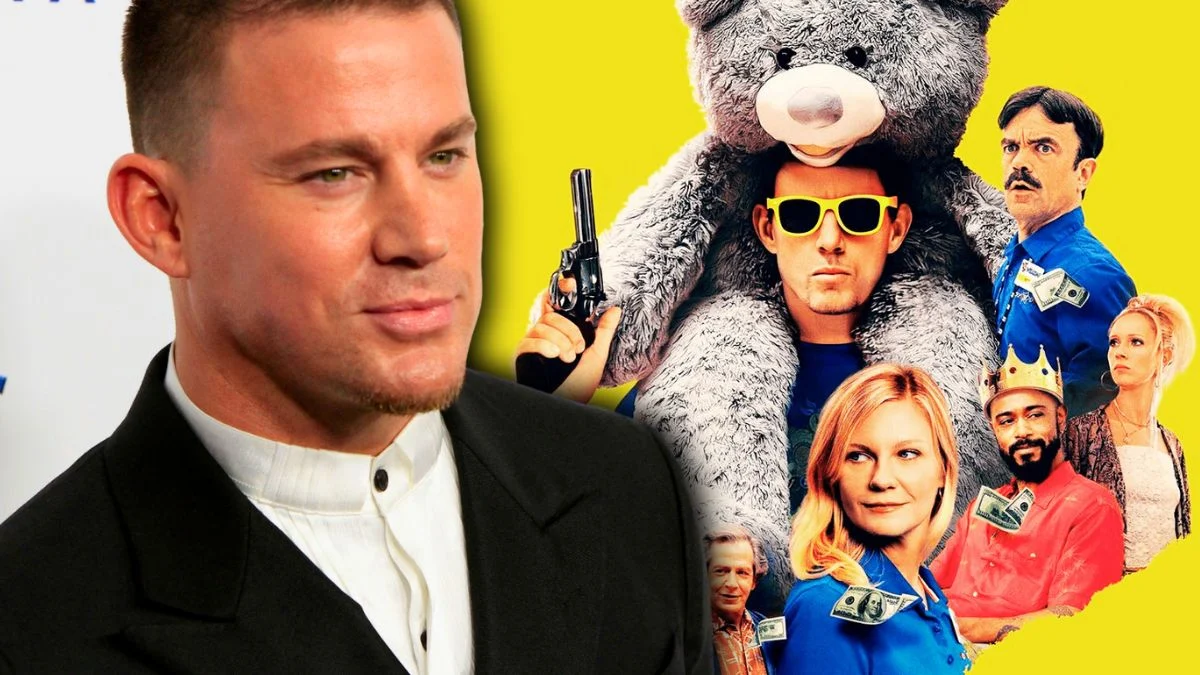
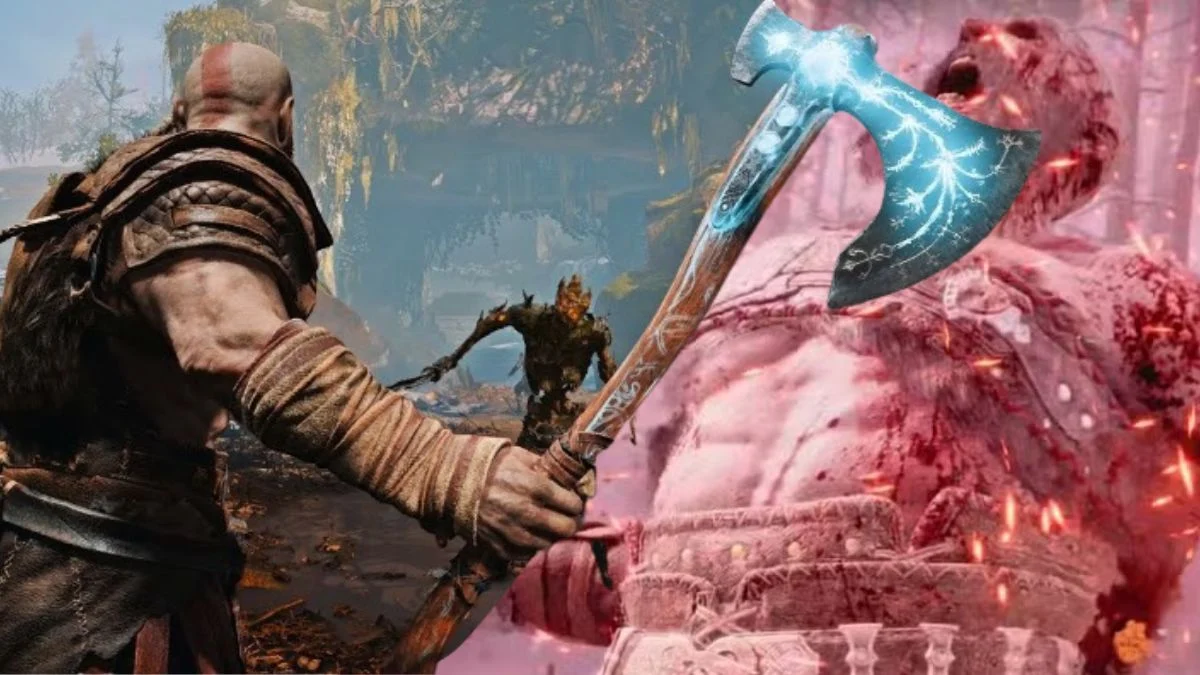




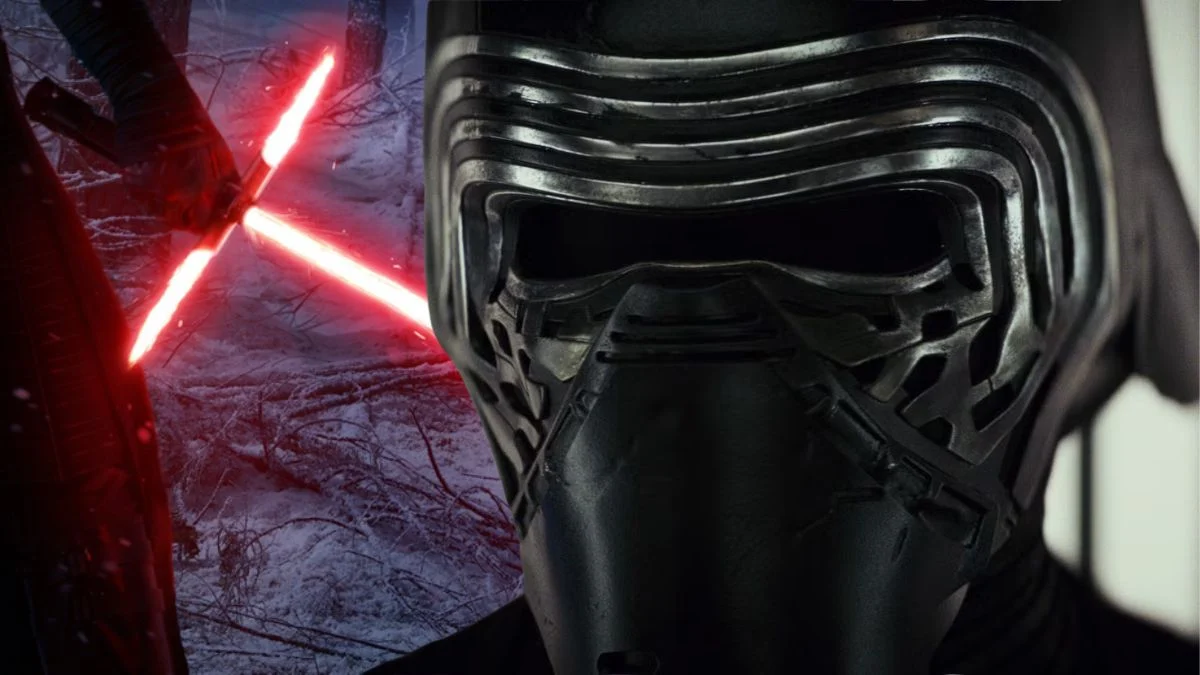







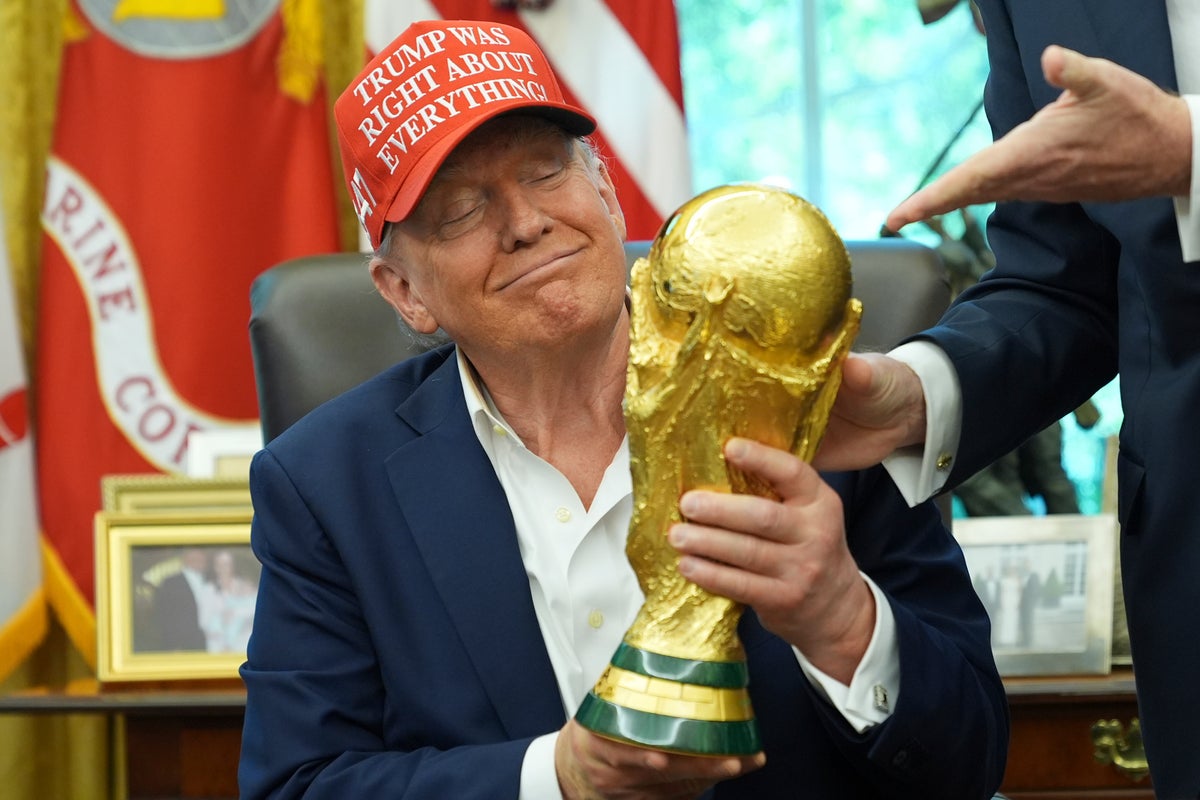
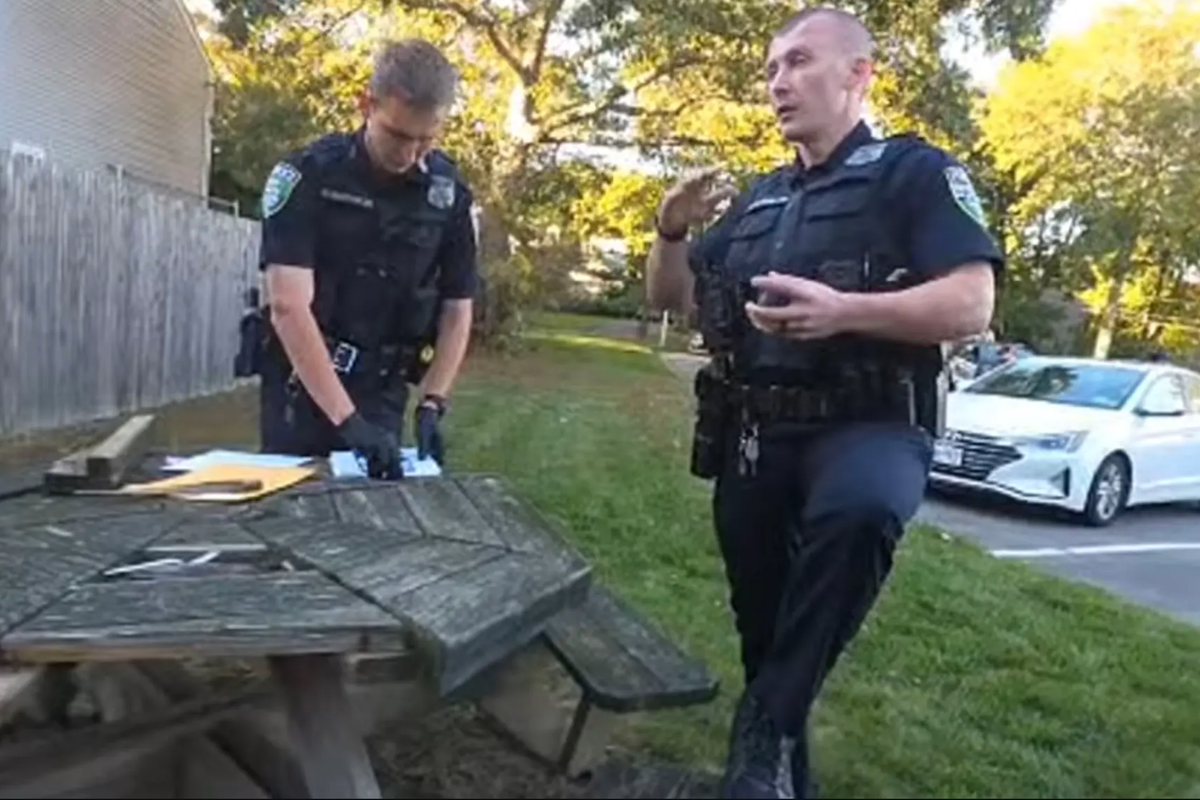

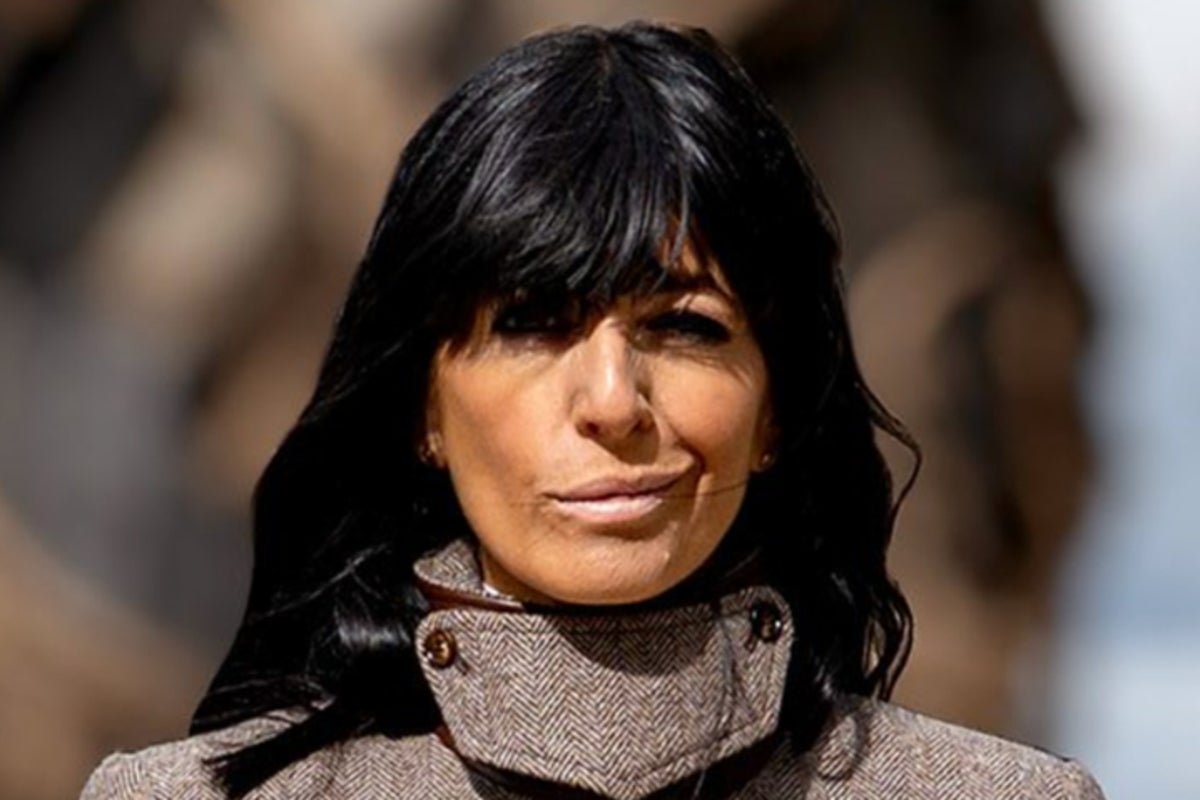





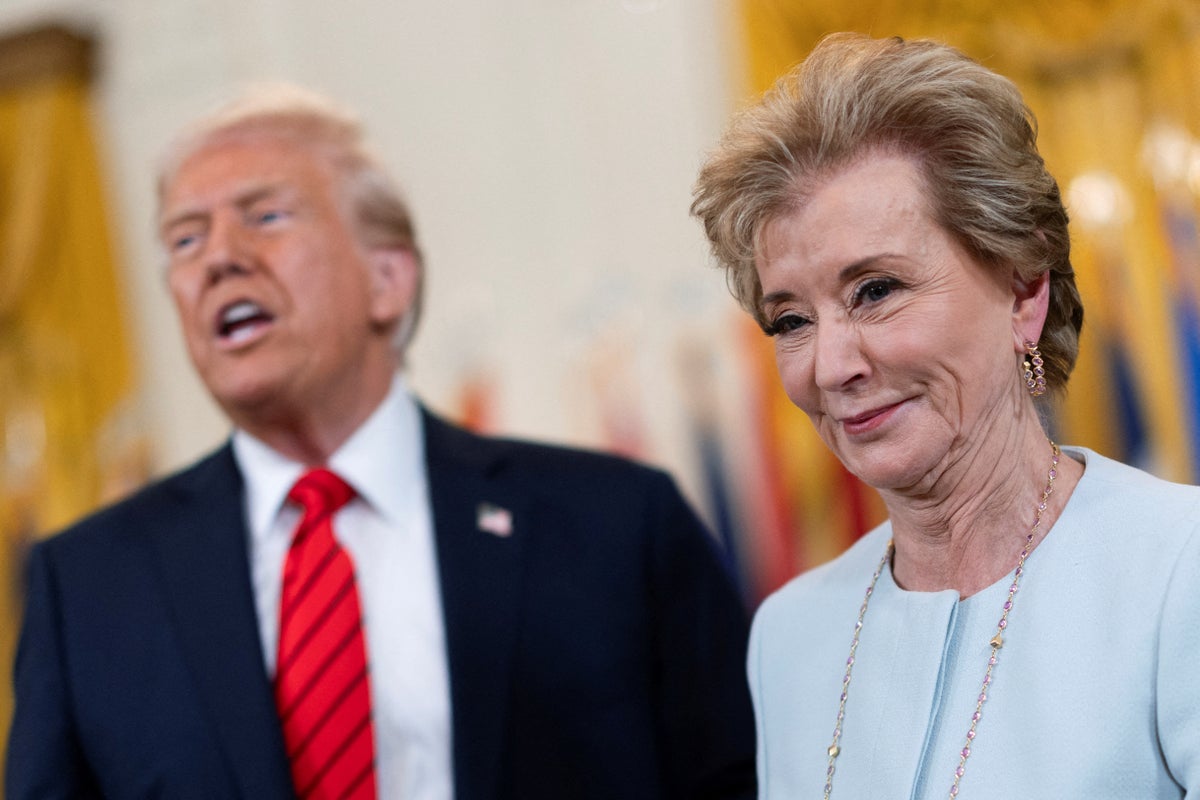




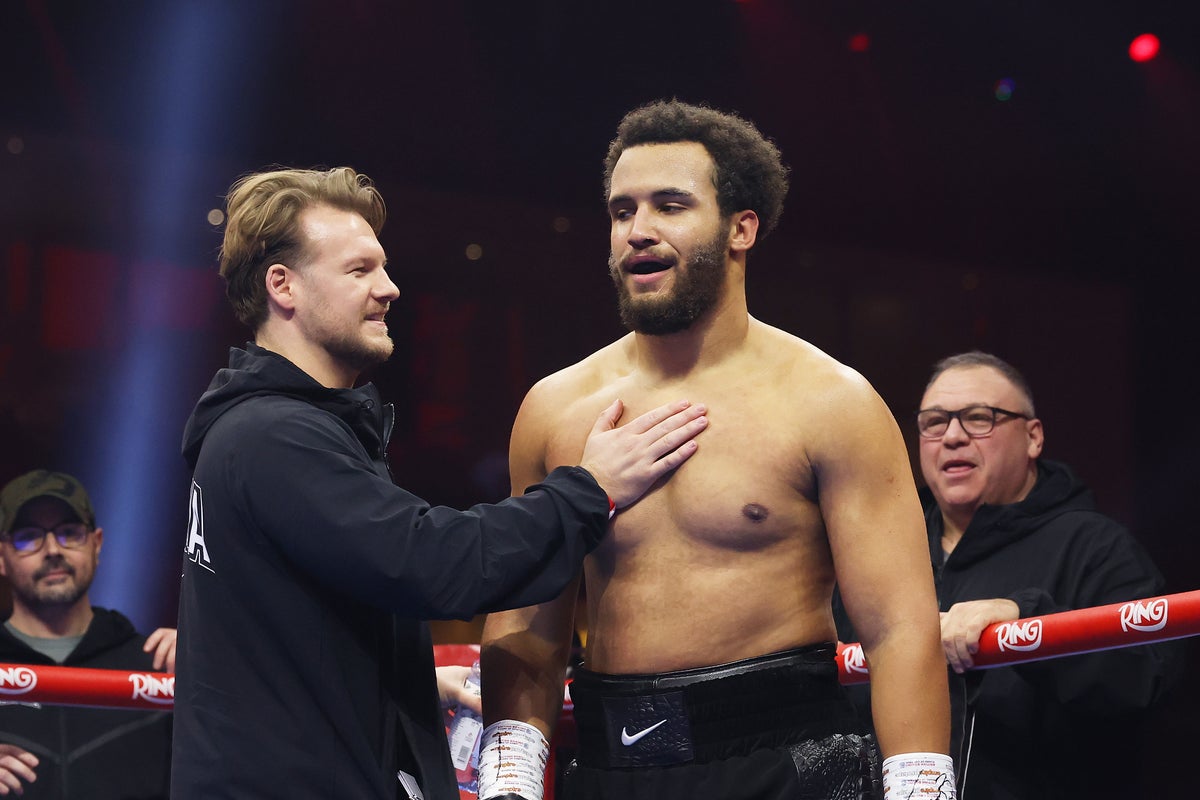
 English (US) ·
English (US) ·